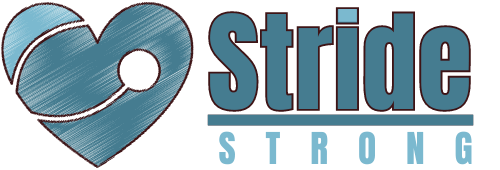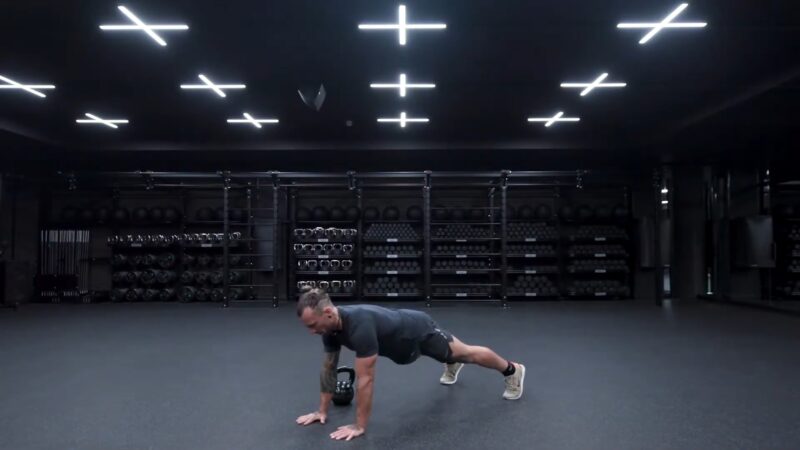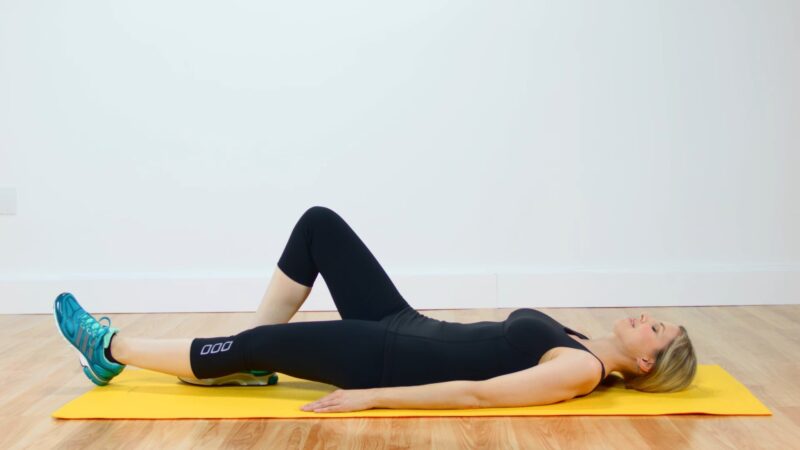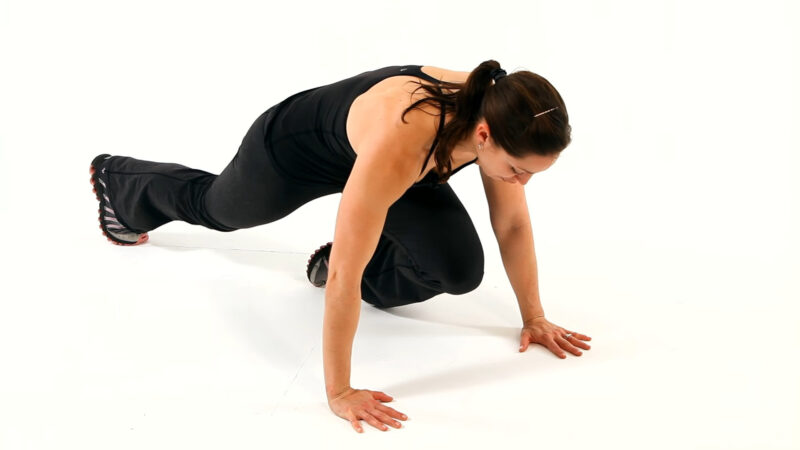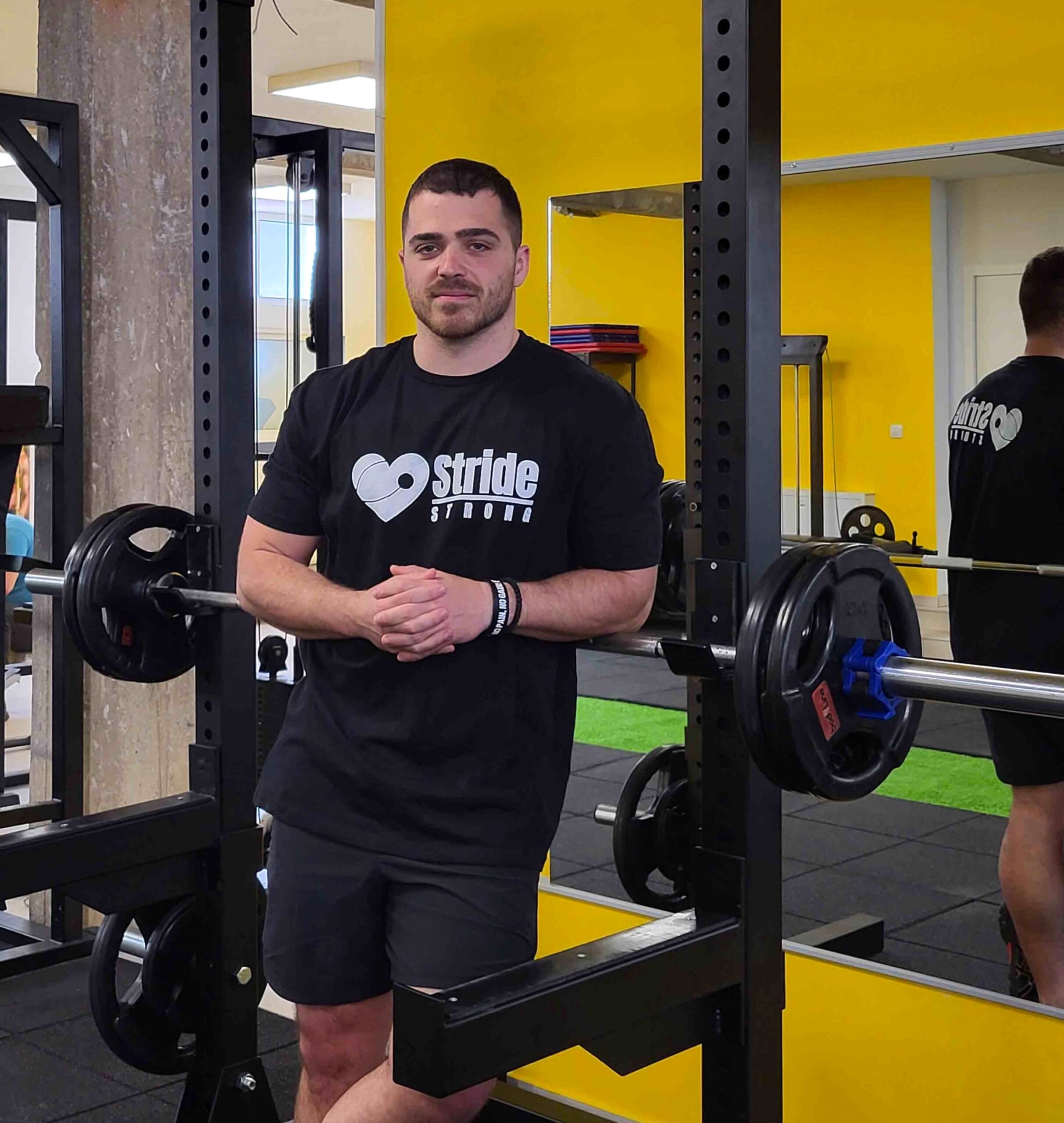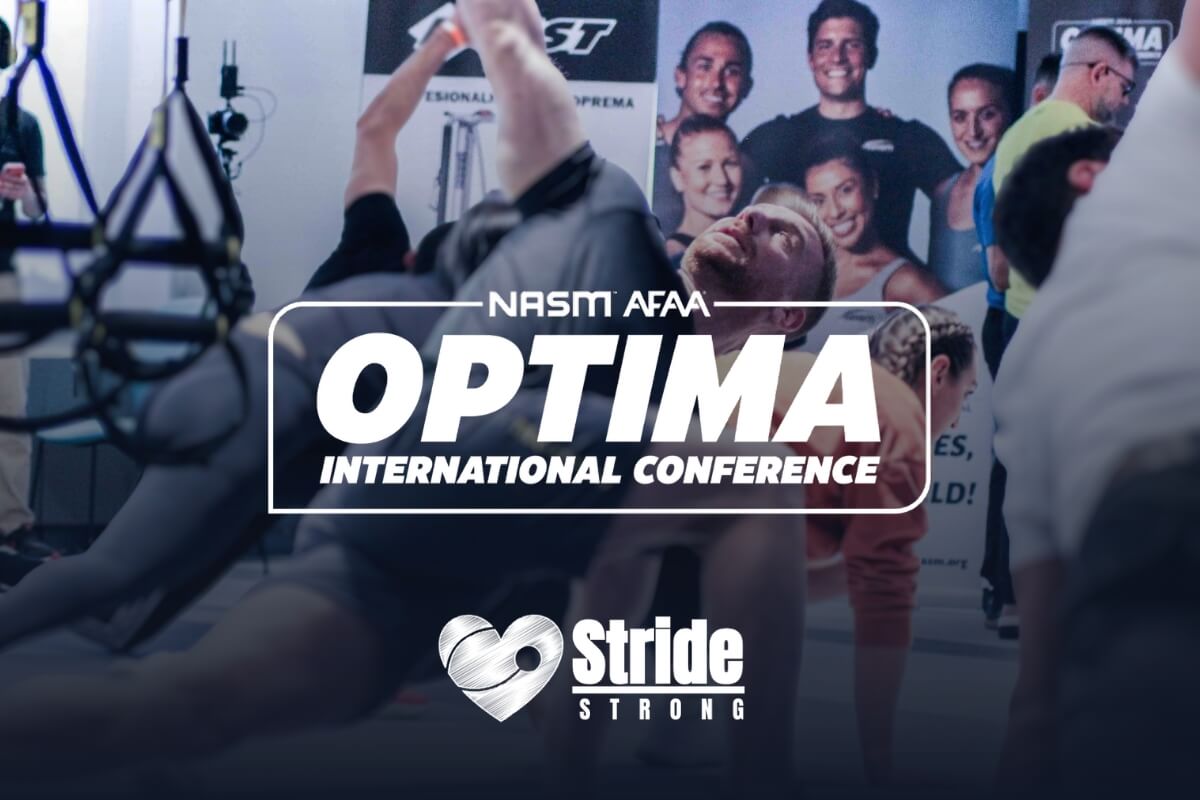Weighted ab workouts are a fantastic way to intensify your core training and sculpt your midsection. By adding weights, you can significantly enhance muscle engagement and growth, leading to a stronger, more defined core.
Now, I will go through superb weighted core routines that you can easily perform at home, focusing on the utilization of dumbbells to challenge your muscles.
8. Russian Twist
This movement requires precision and control. Sit on the ground with your knees bent, holding a dumbbell with both hands in front of you. Lean back slightly, keeping your back straight, and rotate your torso, bringing the dumbbell beside you.
It’s crucial to maintain a straight spine and avoid any strain on the lower back.
7. Plank Drag
To perform this routine, start in a plank position with a dumbbell beside your hand on one side. With the opposite hand, drag the dumbbell to the other side of your body, maintaining the plank position.
The key is to keep your body as stable as possible, resisting the urge to rock side to side as you move the dumbbell.
Key Points:
- Maintain a stable plank position.
- Keep your body in a straight line from head to heels.
- Drag the dumbbell smoothly, avoiding any jerky movements.
- Focus on keeping your hips square to the ground.
6. Leg Raise
Lie on your back on a mat, holding a dumbbell between your feet. Keep your legs straight as you lift them up and then lower them down without touching the ground. It’s essential to press your lower back into the mat and keep your core engaged to protect your spine.
This movement should be slow and controlled, focusing on the muscle contraction and release.
Key Points:
- Press your lower back into the mat.
- Keep your legs straight and core engaged.
- Move your legs in a controlled manner.
- Choose a suitable weight to maintain proper form.
5. Side Bend
Stand upright with feet hip-width apart, holding a dumbbell in one hand. Keep your back straight and core engaged as you bend sideways at the waist, moving only as far as comfortable. Avoid leaning forward or backward.
Return to the starting position and repeat on the other side. This exercise should be done in a slow and controlled manner, focusing on the side muscles.
Key Points:
- Maintain a straight back and tight core.
- Bend only at the waist.
- Avoid any forward or backward lean.
- Use a weight that allows for controlled movement.
4. Bicycle Crunch
Lie on your back with a dumbbell in both hands, extending it behind your head. Bring one knee towards your chest while rotating your upper body to bring the dumbbell towards the opposite knee.
It’s crucial to keep the movements smooth and controlled, focusing on the twist and avoiding any strain on the neck or back.
Key Points:
- Keep movements smooth and controlled.
- Focus on the obliques during the twist.
- Avoid straining the neck or back.
- Choose a suitable weight to avoid any discomfort.
3. Dead Bug
Lie on your back on a mat while the dumbbell is above you. You should hold it with two hands. Lift your legs in a tabletop position. Slowly extend one leg and the opposite arm behind you, keeping the other leg and arm in the starting position.
The key is to keep the lower back pressed into the floor and the movements controlled, focusing on the core engagement.
Key Points:
- Press your lower back into the mat.
- Move your limbs in a controlled manner.
- Keep the core engaged throughout the exercise.
- Select a weight that allows you to maintain proper form.
2. Mountain Climber
Start in a high plank position, hands gripping the dumbbells directly under your shoulders. Drive one knee towards your chest, then switch, mimicking a running motion. It’s vital to maintain a stable upper body and avoid bouncing hips, keeping the core engaged and the body in a straight line from head to heels.
Key Points:
- Maintain a stable and straight body line.
- Keep the core engaged and hips level.
- Move in a swift but controlled manner.
- Choose dumbbells with a hexagonal design for stability.
1. Seated Leg Tuck
Sit on the ground, holding a dumbbell with both hands. Lean back slightly and lift your legs off the ground. Bring your knees towards your chest while bringing the dumbbell towards your legs.
It’s essential to maintain balance and control throughout the movement, focusing on the contraction and release of the core muscles.
It is by far the most effective exercise of this sort, in my opinion.
Key Points:
- Maintain balance and a straight back.
- Keep movements controlled and focused.
- Engage your core throughout the exercise.
- Use a weight that allows for balance and control.
The Origins
Dumbbells trace their roots back to ancient Greece, where athletes used a piece of equipment called “halteres” for strength training and as a jumping aid in long jump events.
These early versions were primarily stones or metal with a handle, allowing for a range of movements to build muscle strength and endurance.
The evolution of dumbbells has been marked by their adaptability and the variety of exercises they offer.
From professional athletes to fitness enthusiasts, the use of dumbbells has become widespread, allowing individuals to perform a myriad of exercises targeting different muscle groups, including the core, with varying levels of intensity and complexity.
The Impact and Relevance Today
The modern-day adoption and popularity of dumbbell exercises are attributed to their versatility, accessibility, and effectiveness in muscle engagement. These are integral in fitness routines, enabling individuals to perform a wide array of exercises at home or in the gym, catering to different fitness levels and goals.
The relevance of these exercises in today’s fitness landscape is undeniable. They are synonymous with convenience and adaptability, allowing for targeted muscle engagement and development.
The incorporation of dumbbells in core workouts exemplifies their utility in enhancing strength, stability, and muscle definition, making them a timeless and invaluable component in fitness regimes.
Related Posts:
- The 5 Best Core Exercises (Build a Strong Core)
- 10 Best Strength Exercises For Your At-Home Pull Workouts
- How to Get Thicker Thighs: Tips and Exercises to…
- 7 Effective Gluteus Medius Exercises To Strengthen Glutes
- The 20-Minute Hotel Room Workout - 10 Quick Exercises
- 5 Best Workouts for Chest Press Machine: Try and See!
